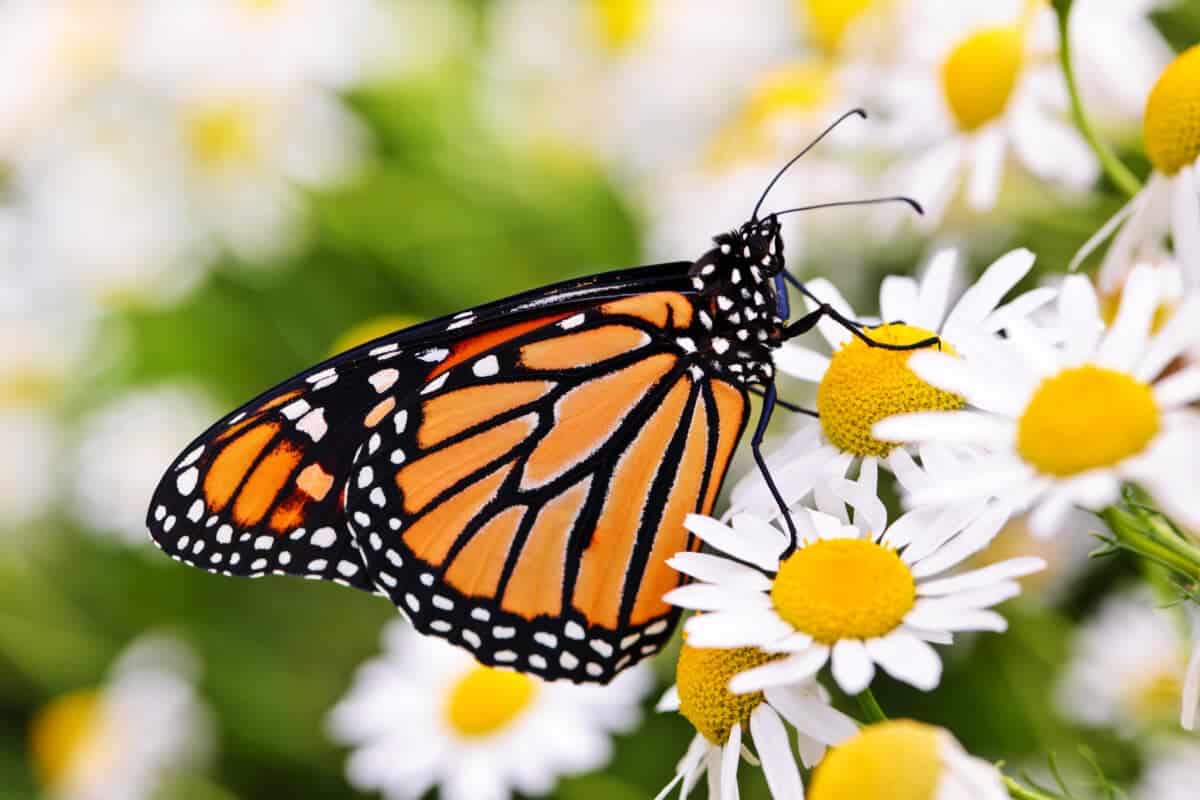Migrations are a phenomenon that showcase the incredible adaptability and navigational skills of various species in the animal kingdom. Some undertake extraordinary journeys, covering thousands of miles in their quest for survival. In this article, we’ll delve into the migration stories of four remarkable species, exploring where they travel, why they embark on these epic journeys, whether they travel in groups, and their dietary requirements.

Arctic Tern
The Arctic tern holds the title for the longest migratory journey of any bird. These elegant seabirds breed in the Arctic during the summer, taking advantage of the extended daylight hours to raise their chicks. When winter approaches, Arctic terns embark on an incredible journey to their wintering grounds in the Antarctic, completing a round-trip migration of approximately 44,000 miles.

During their migration, Arctic terns often travel in large flocks, navigating vast oceanic expanses. The primary motivation behind this extensive journey is the pursuit of optimal feeding conditions. By following the summer seasons in both hemispheres, they ensure a continuous supply of abundant prey, mainly small fish and invertebrates, to sustain themselves and their offspring.
Monarch Butterfly

The monarch butterfly is renowned for its remarkable migration across North America. These delicate insects undertake an incredible journey spanning several generations. Starting in Canada and the northern United States, monarchs migrate thousands of miles to the mountainous regions of central Mexico, where they cluster in dense colonies for the winter.
Monarchs travel in large groups, benefiting from the collective warmth generated by their clustered masses. The primary reason for their migration is the search for suitable breeding and feeding grounds. Milkweed plants, crucial for the survival of monarch caterpillars, are abundant in North America during the summer, prompting the butterflies to return to these regions for successive generations.
Humpback Whale
Humpback whales are renowned for their awe-inspiring migrations between their feeding and breeding grounds. These massive marine mammals travel thousands of miles annually. Humpbacks that feed in cold polar waters, such as those near Antarctica, migrate to warmer tropical waters near the equator for mating and calving.

While humpback whales are known for their individualistic feeding behaviors, during migration, they often travel in loosely associated groups. The primary drivers behind their migration are breeding and the safety of newborn calves. The warm tropical waters provide a protective environment for the vulnerable calves, minimizing the risk of predation by orcas and other marine predators. Their diet primarily consists of small fish and krill, which are abundant in both their feeding and breeding grounds.
Caribou

Caribou, also known as reindeer in Eurasia, are masters of long-distance migration in the Arctic and subarctic regions. The Porcupine caribou herd, for example, embarks on one of the longest land migrations, covering around 1,500 miles annually. These majestic herbivores migrate between their calving grounds in the Arctic National Wildlife Refuge and their wintering areas in the boreal forests of Canada and Alaska.
Caribou travel in large herds during migration, offering safety in numbers against predators like wolves and bears. The driving force behind their migration is the search for optimal foraging conditions. In the summer, the Arctic tundra provides abundant vegetation for feeding, while the migration to the boreal forests during winter ensures access to lichen, a crucial food source.
The Essence of Migrations
The migration stories of these remarkable animals highlight the innate drive for survival and adaptation that exists in the natural world. From the Arctic tern’s aerial odyssey to the monarch butterfly’s delicate migration, the humpback whale’s marine journey to the caribou’s arctic trek, these species showcase the diverse strategies and incredible feats that enable them to navigate vast distances for the continuation of their species. These migration marvels underscore the interconnectedness of ecosystems and the importance of preserving the habitats that facilitate these extraordinary journeys.
Join our Forum for free today!

- Insects are Dismantling Tunisia’s Crucial Prickly Pear Industry - July 24, 2024
- Cocoa Traders Risk Losing Billions to Ghana’s Infected Crops - July 24, 2024
- Miracle on the Mountain: A Seven-Hour Dog Rescue Underground - July 23, 2024

